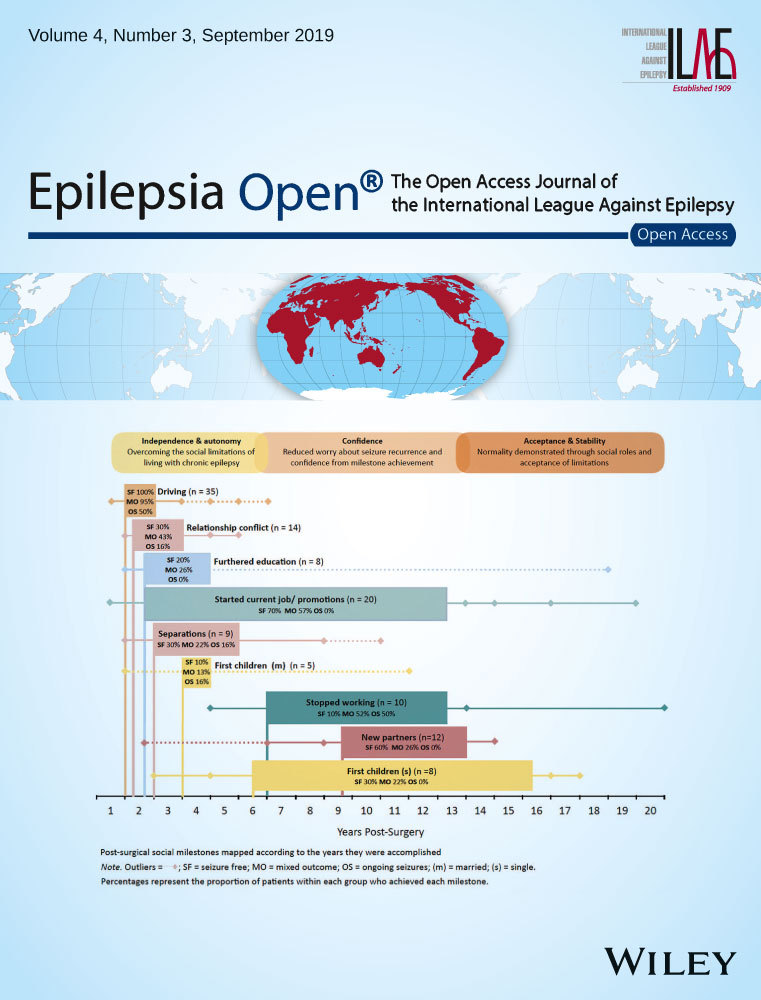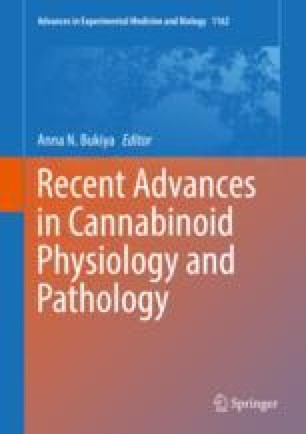 “Much of the initial reports for cannabis use in seizure control centered on the compound 9-Δ-tetrahydrocannabinol (THC). However, due to the psychoactive properties of THC potential utility was somewhat limited and recent research has focused on non-psychoactive compounds such as cannabidiol (CBD).
“Much of the initial reports for cannabis use in seizure control centered on the compound 9-Δ-tetrahydrocannabinol (THC). However, due to the psychoactive properties of THC potential utility was somewhat limited and recent research has focused on non-psychoactive compounds such as cannabidiol (CBD).
The anti-seizure effects of CBD may come from mechanisms such as functional agonism or antagonism at several 7-transmembrane receptors, ion channels, and neurotransmitter transporters.
Recently, another compound that also is without psychoactive effects known as CBDV has also shown anti-seizure properties both in vivo and in vitro.
Many reports exist on illicit cannabis use through the smoking of marijuana by patients as a self-treatment.
Cannabis and cannabis-based treatments offer promising alternatives to traditional antiepileptic drugs (AEDs).
Due to the unfortunate fact that many patients suffer from Drug-resistant epilepsy (DRE), cannabis-based treatments have great value.
Cannabis-based treatments offer some patients with DRE a great remedy for their condition with limited side effects.
This option may prevent some patients with DRE from needing to consider more invasive options such as surgical interventions. In case studies, open label studies, and RCTs, one can see drastic improvements in the frequency of seizures in patients with certain forms of epilepsy.
It is imperative to continue research into cannabis as a potential primary treatment for epilepsy, particularly those with DRE, to help improve quality of life for millions of people suffering from epilepsy.”
https://www.ncbi.nlm.nih.gov/pubmed/31463193
https://www.sciencedirect.com/science/article/pii/S221342201930157X?via%3Dihub

 “Cannabidiol (CBD) oils are low tetrahydrocannabinol products derived from
“Cannabidiol (CBD) oils are low tetrahydrocannabinol products derived from  “C57BL/6J mice infected with Theiler’s murine encephalomyelitis virus (TMEV) develop acute behavioral seizures in the first week of infection and later develop chronic epilepsy. The TMEV model provides a useful platform to test novel antiseizure therapeutics.
“C57BL/6J mice infected with Theiler’s murine encephalomyelitis virus (TMEV) develop acute behavioral seizures in the first week of infection and later develop chronic epilepsy. The TMEV model provides a useful platform to test novel antiseizure therapeutics. “Several works have reported on the antiepileptic impact of cannabis-based preparations in patients with treatment-resistant epilepsy (TRE). However, current formulations suffer from low bioavailability and side effects. PTL-101, an oral formulation containing highly purified
“Several works have reported on the antiepileptic impact of cannabis-based preparations in patients with treatment-resistant epilepsy (TRE). However, current formulations suffer from low bioavailability and side effects. PTL-101, an oral formulation containing highly purified  “In recent years, the use of
“In recent years, the use of 
 “There is uncertainty regarding the appropriate dose of
“There is uncertainty regarding the appropriate dose of  “The Cannabis plant has been used for many of years as a medicinal agent in the relief of pain and seizures. It contains approximately 540 natural compounds including more than 100 that have been identified as phytocannabinoids due to their shared chemical structure. The predominant psychotropic component is Δ9-tetrahydrocannabinol (Δ9-THC), while the major non-psychoactive ingredient is
“The Cannabis plant has been used for many of years as a medicinal agent in the relief of pain and seizures. It contains approximately 540 natural compounds including more than 100 that have been identified as phytocannabinoids due to their shared chemical structure. The predominant psychotropic component is Δ9-tetrahydrocannabinol (Δ9-THC), while the major non-psychoactive ingredient is  “Cannabidiol is a cannabis-derived medicinal product with potential application in a wide-variety of contexts, however its effective dose in different disease states remains unclear. This review aimed to investigate what doses have been applied in clinical populations, in order to understand the active range of cannabidiol in a variety of medical contexts.
“Cannabidiol is a cannabis-derived medicinal product with potential application in a wide-variety of contexts, however its effective dose in different disease states remains unclear. This review aimed to investigate what doses have been applied in clinical populations, in order to understand the active range of cannabidiol in a variety of medical contexts.